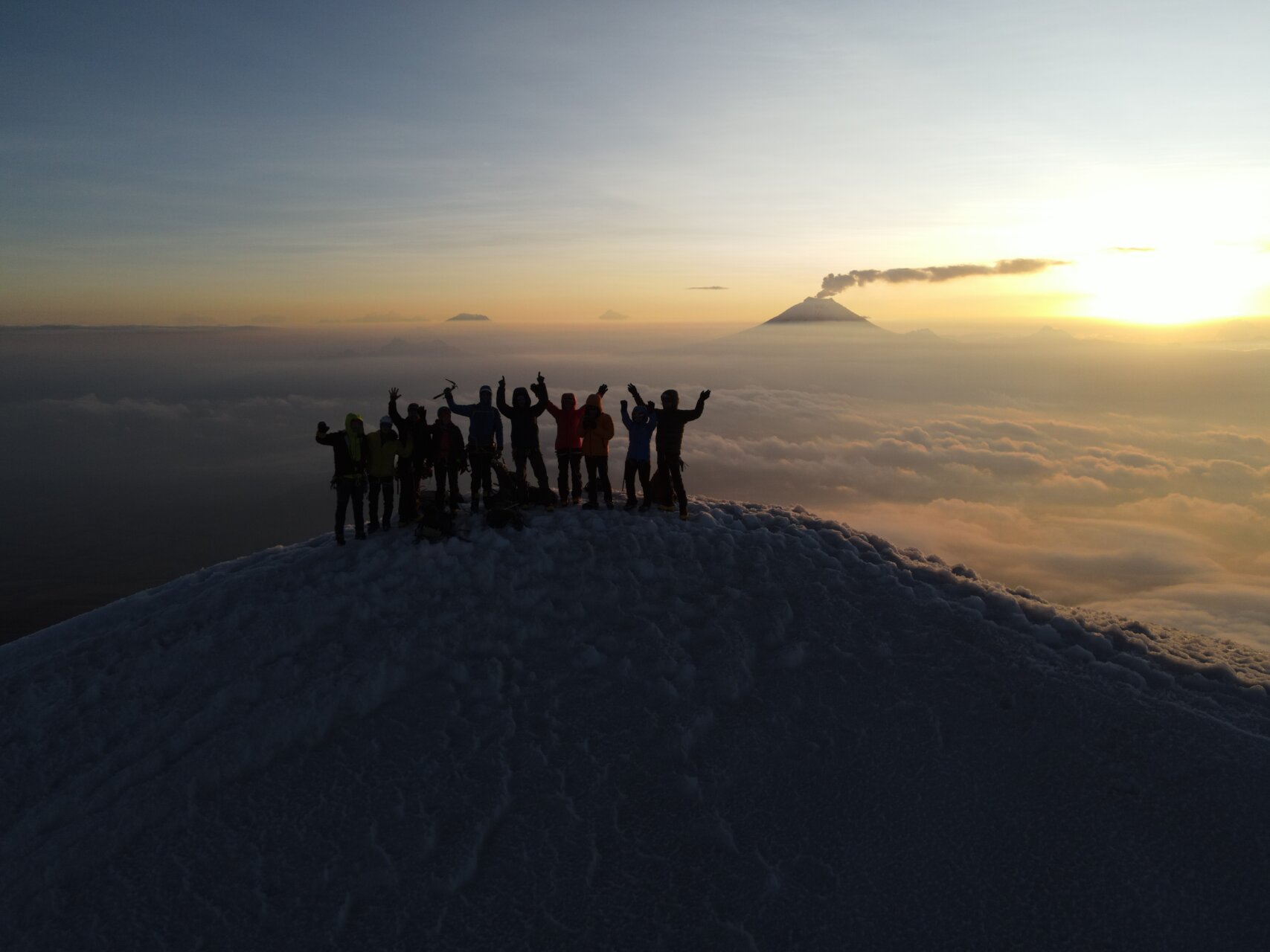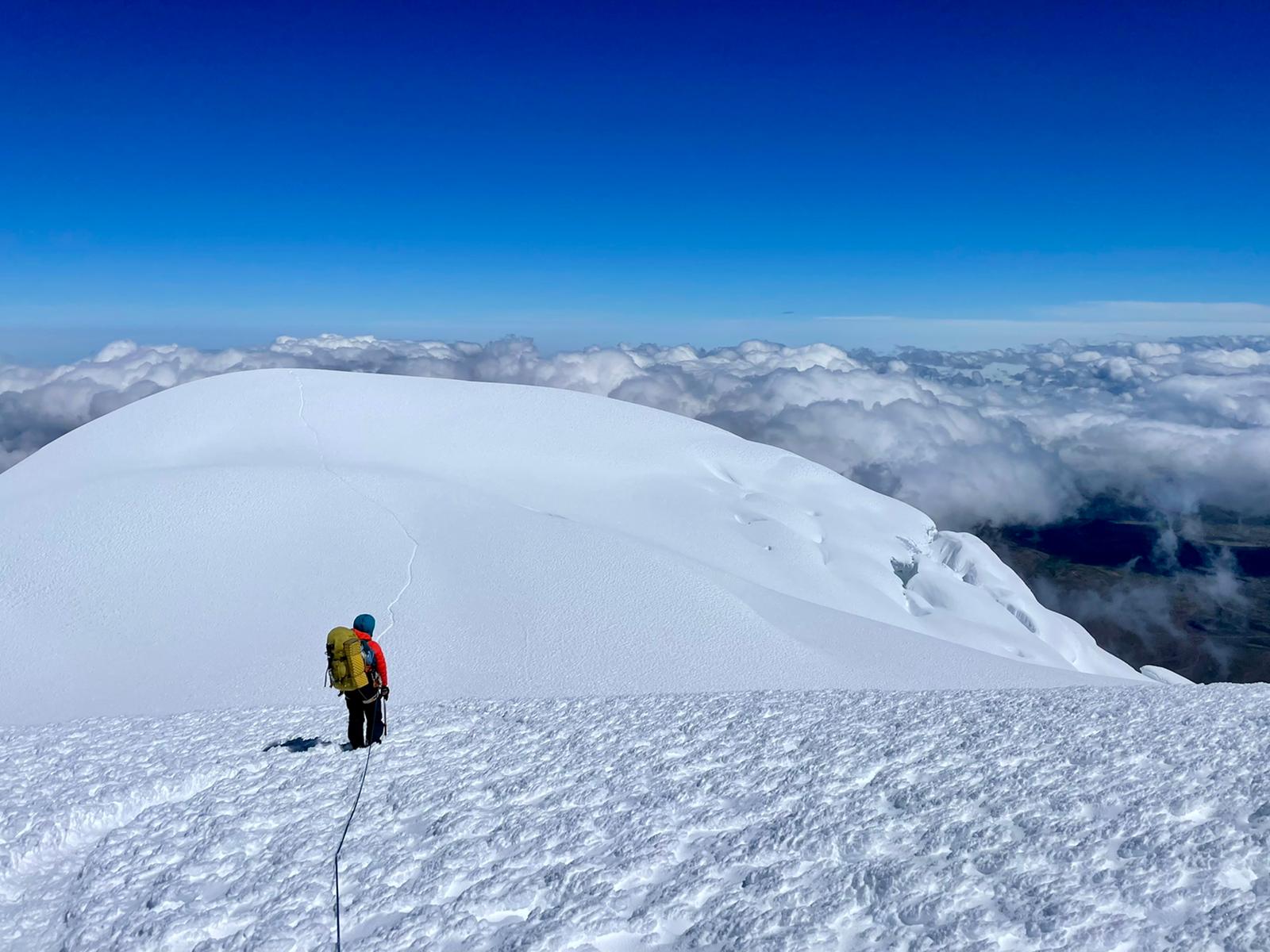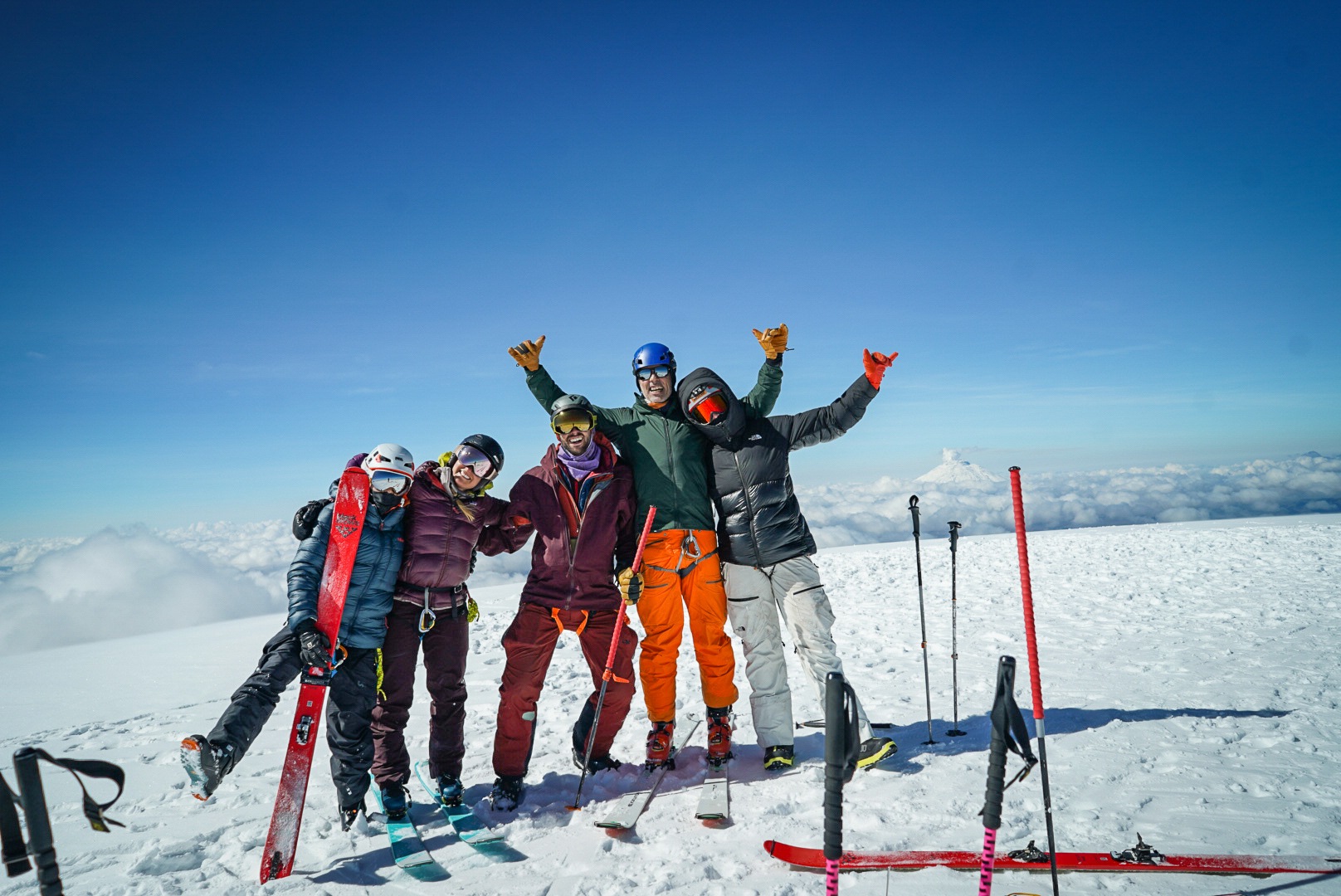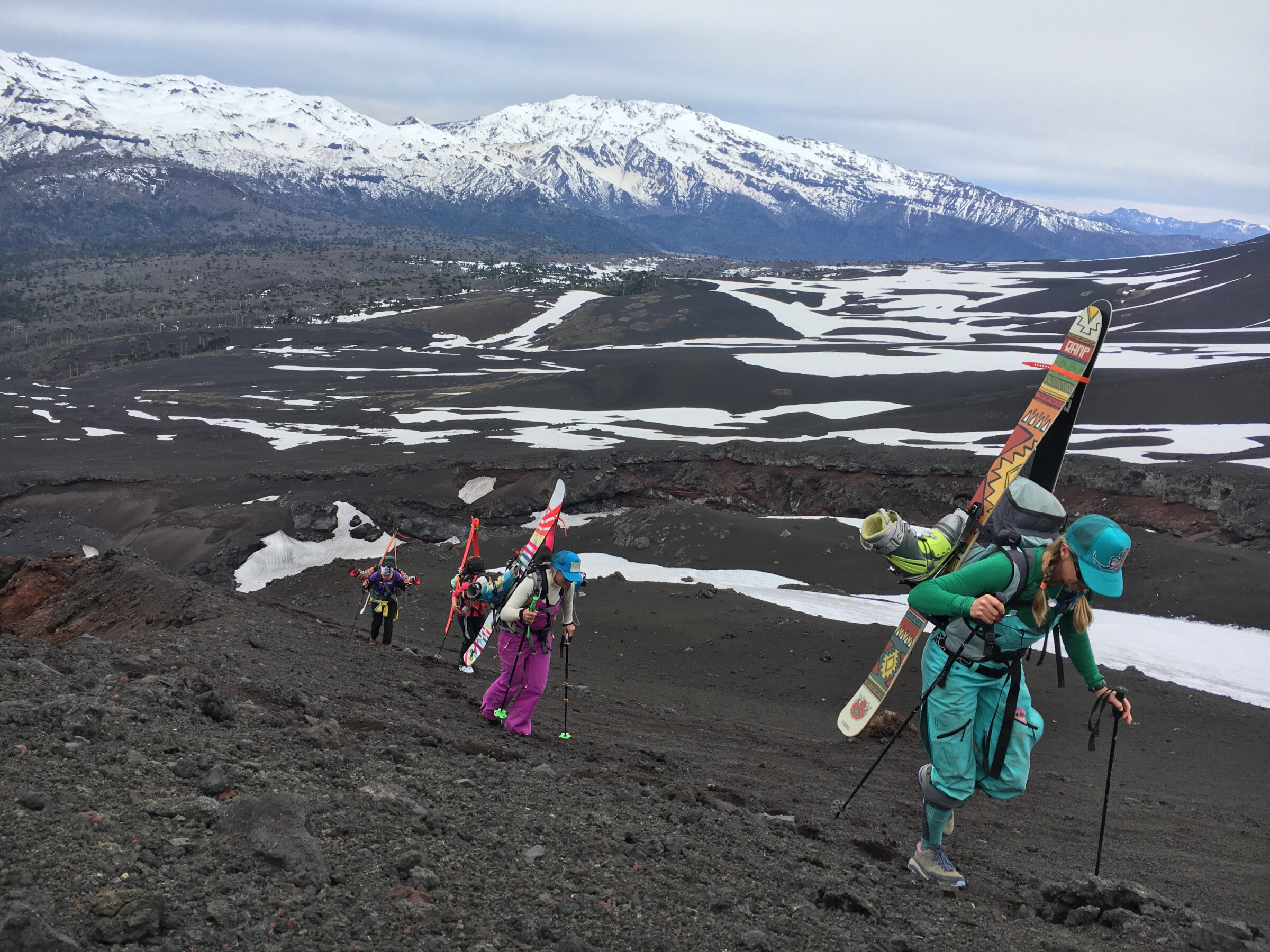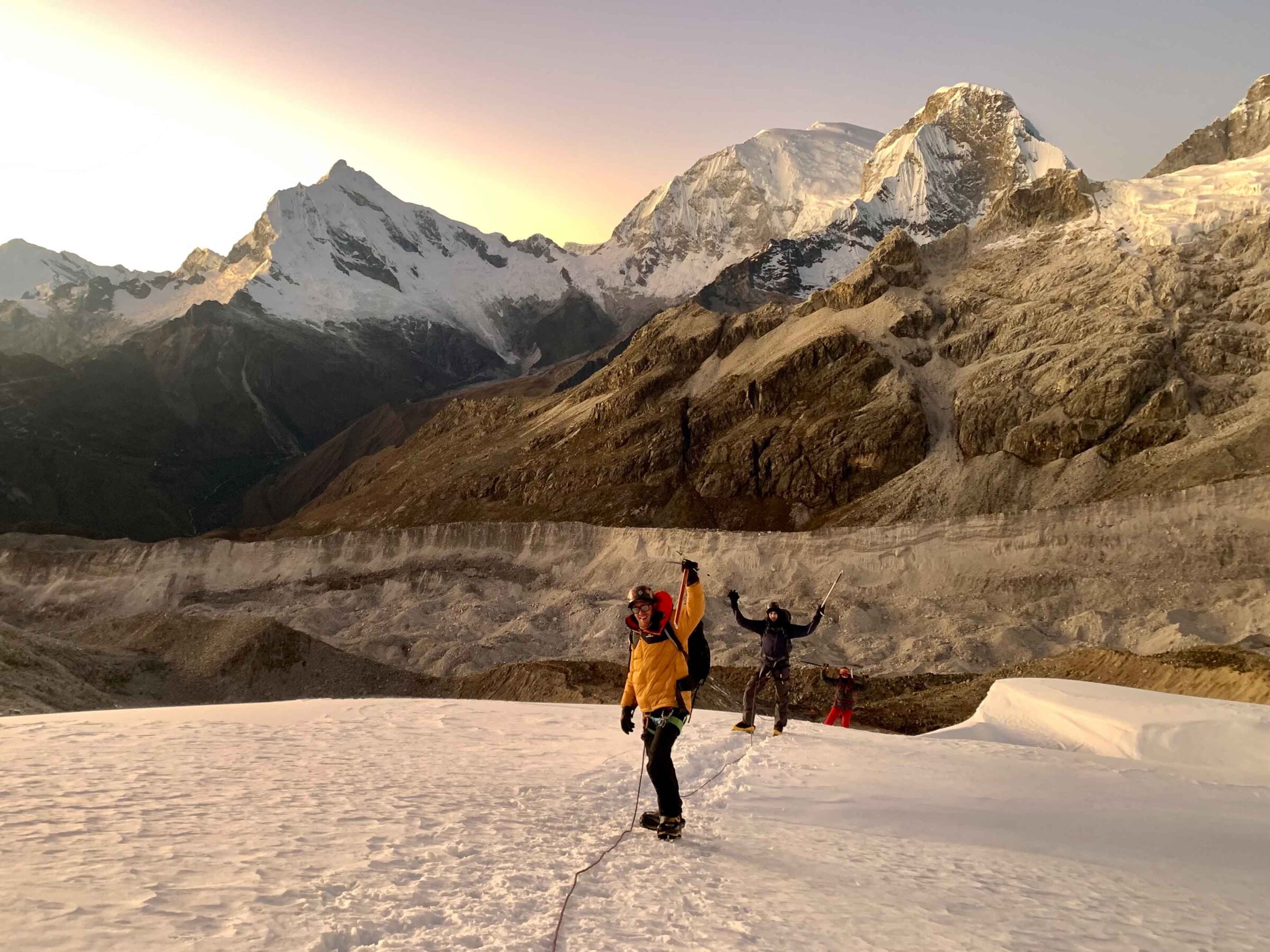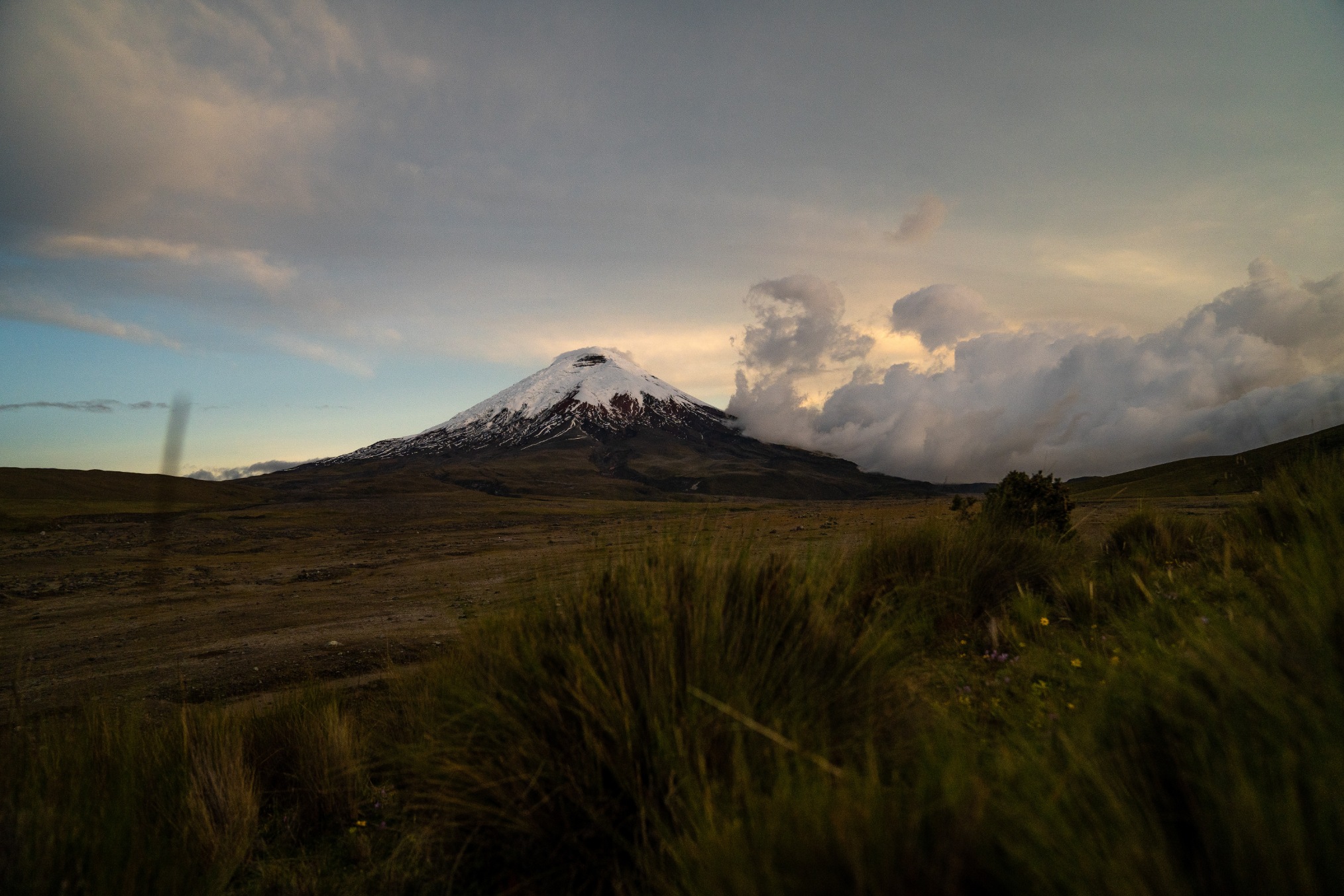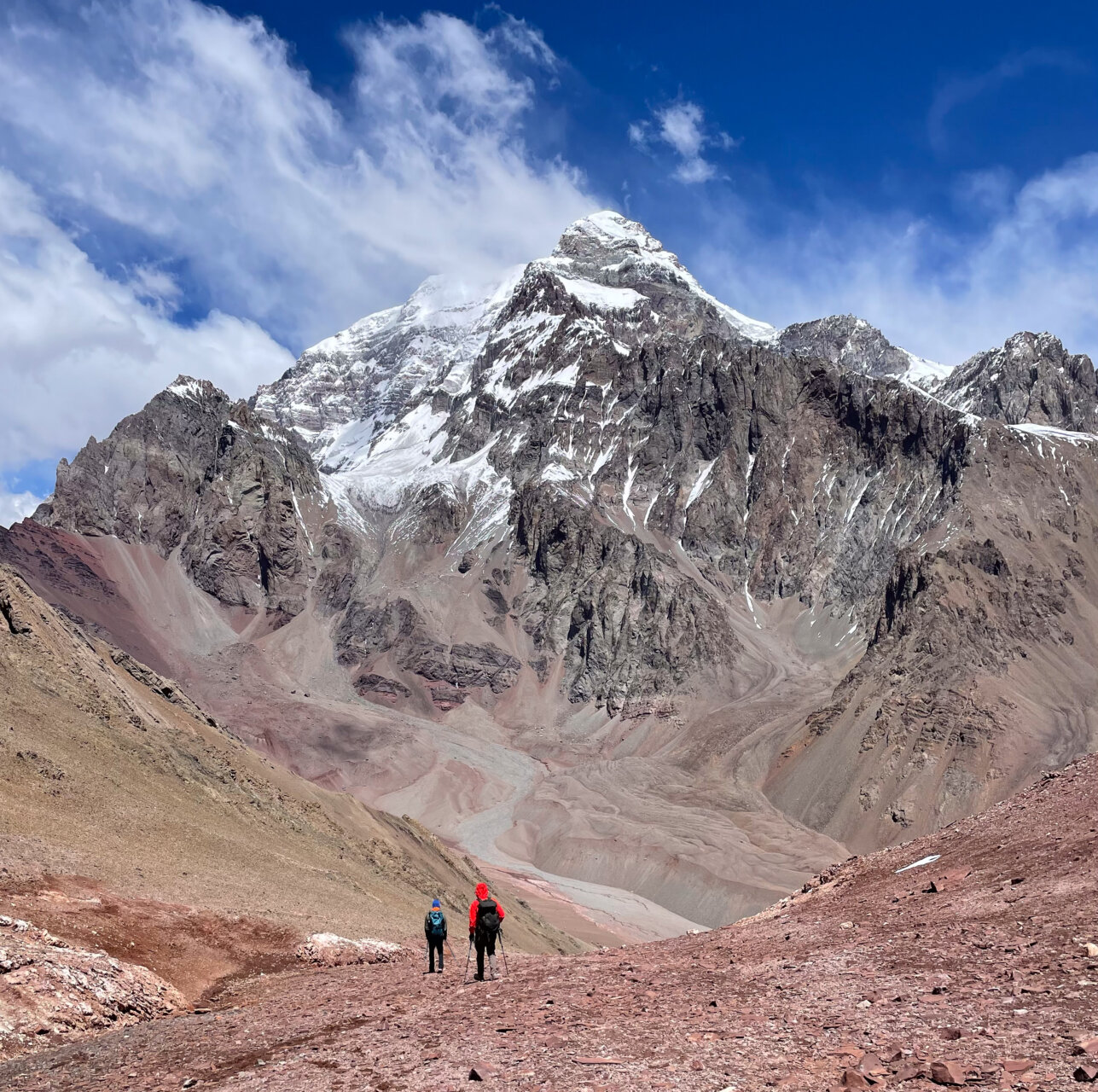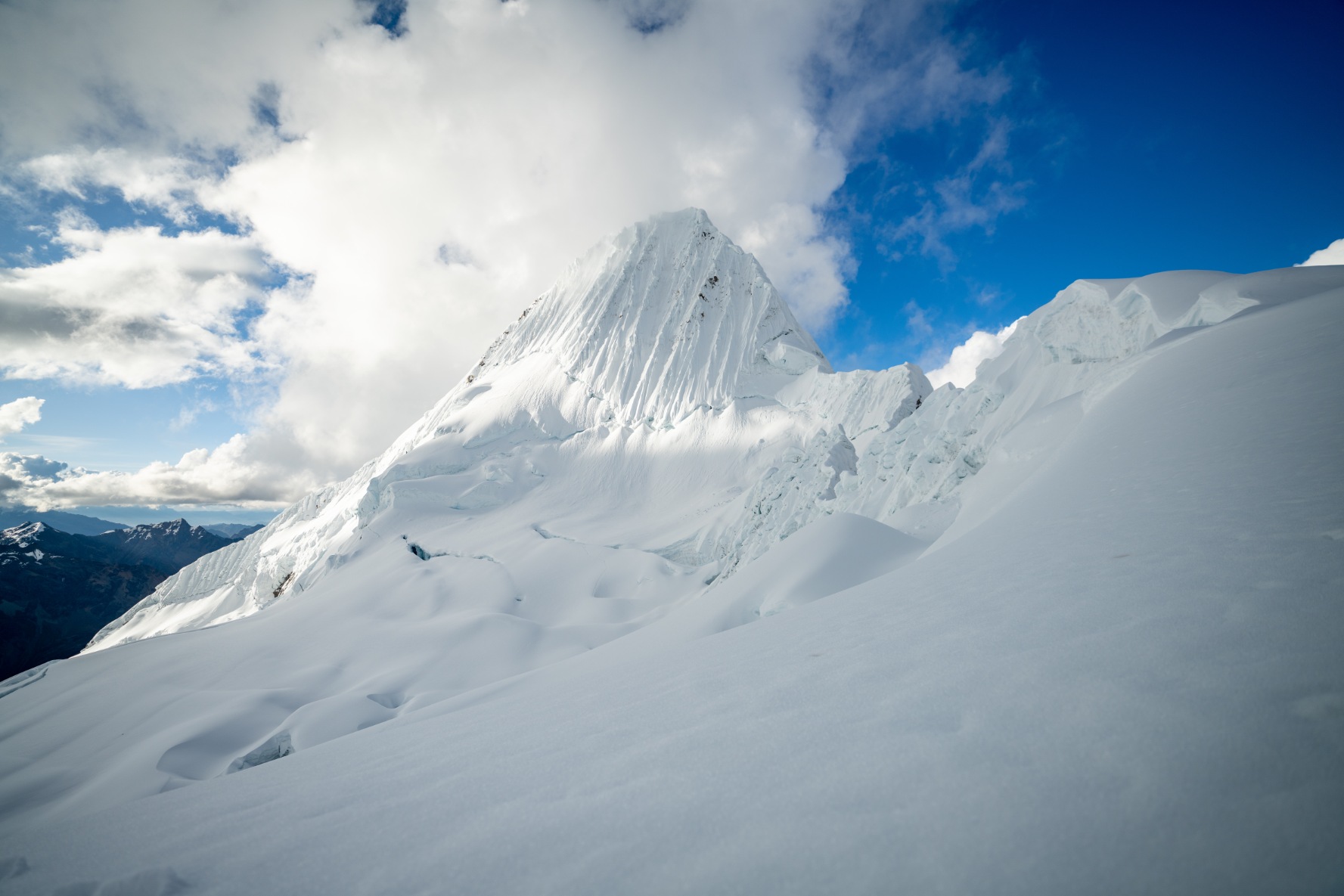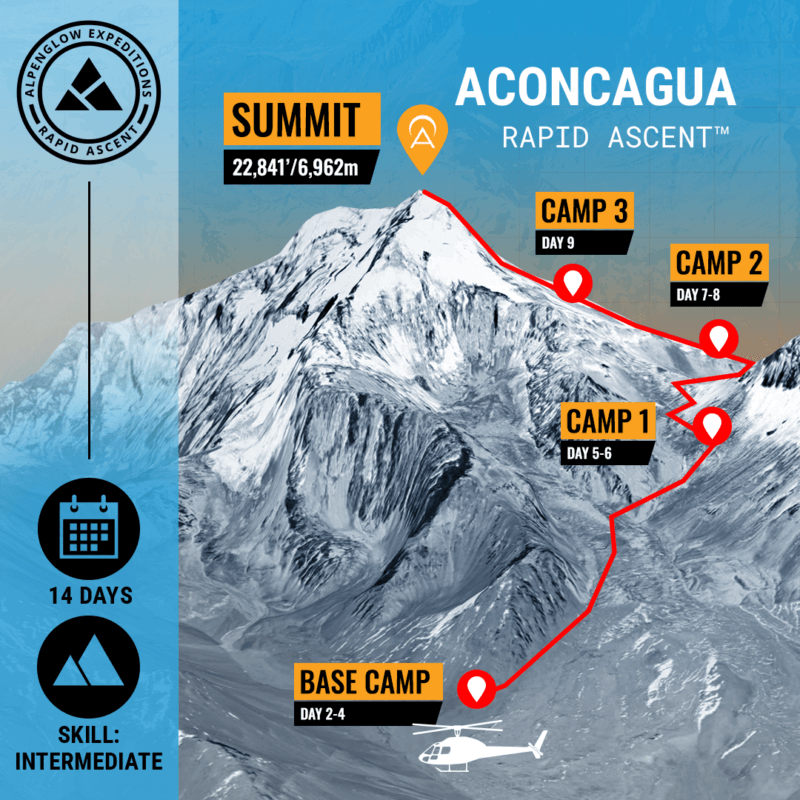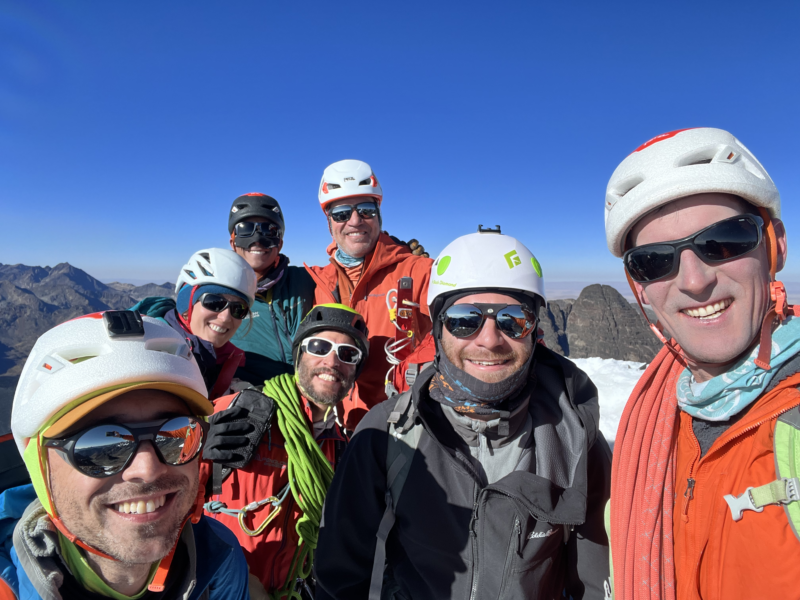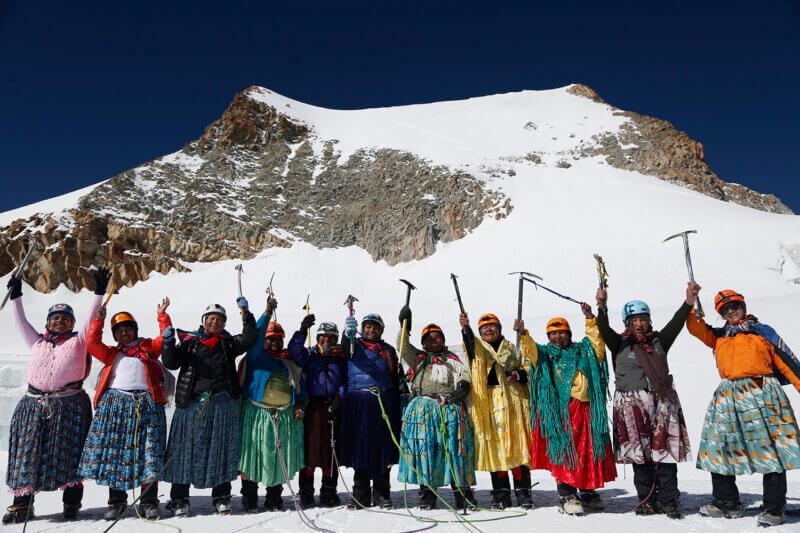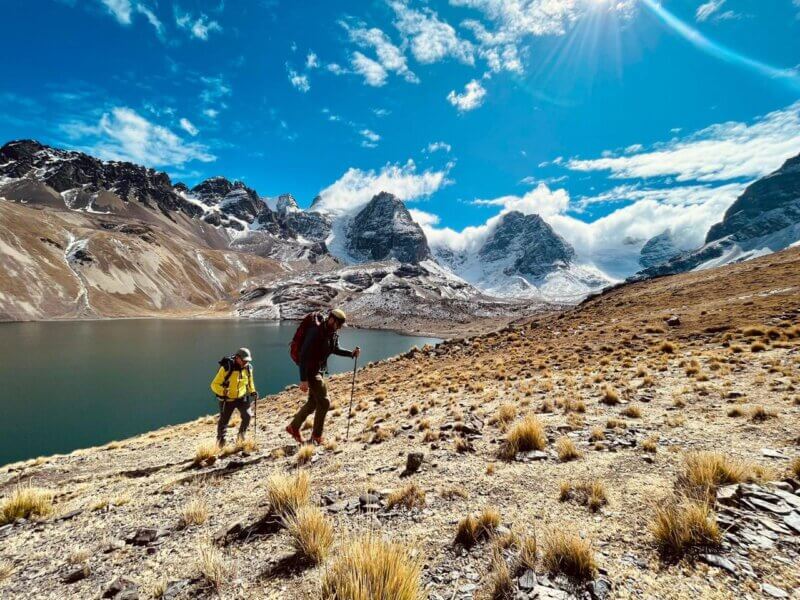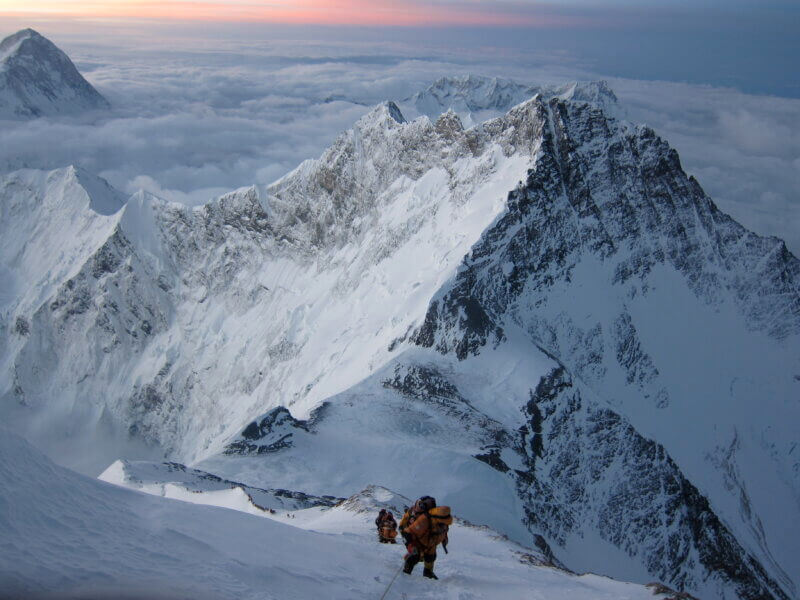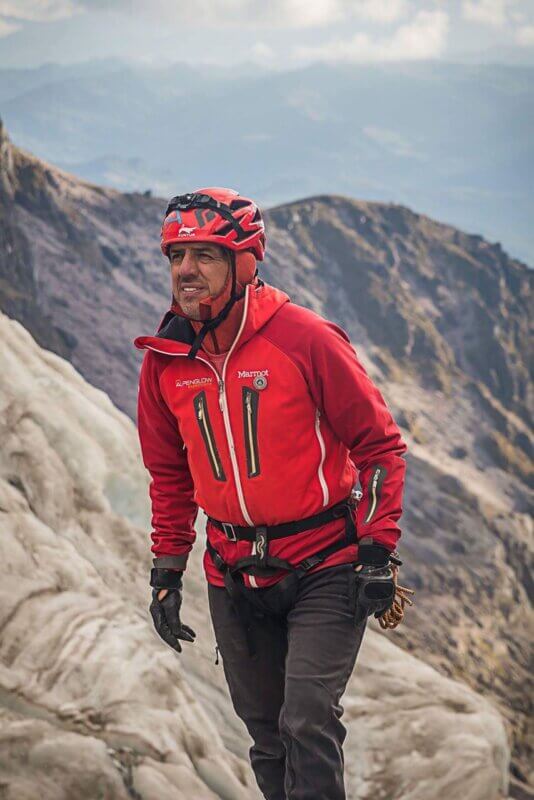“More Than Just a Climbing Trip”: Mike Pond on the Mountains of Bolivia

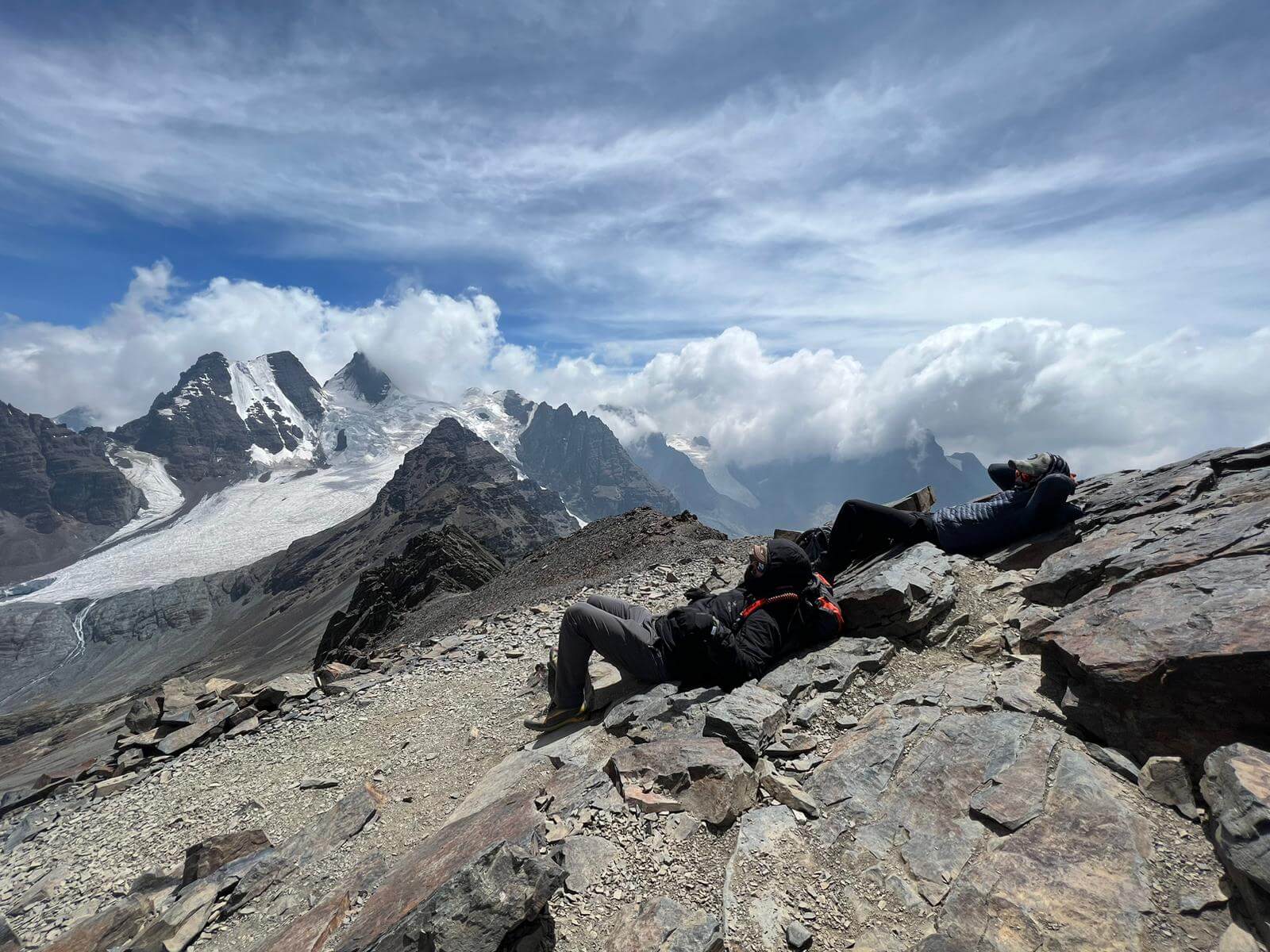
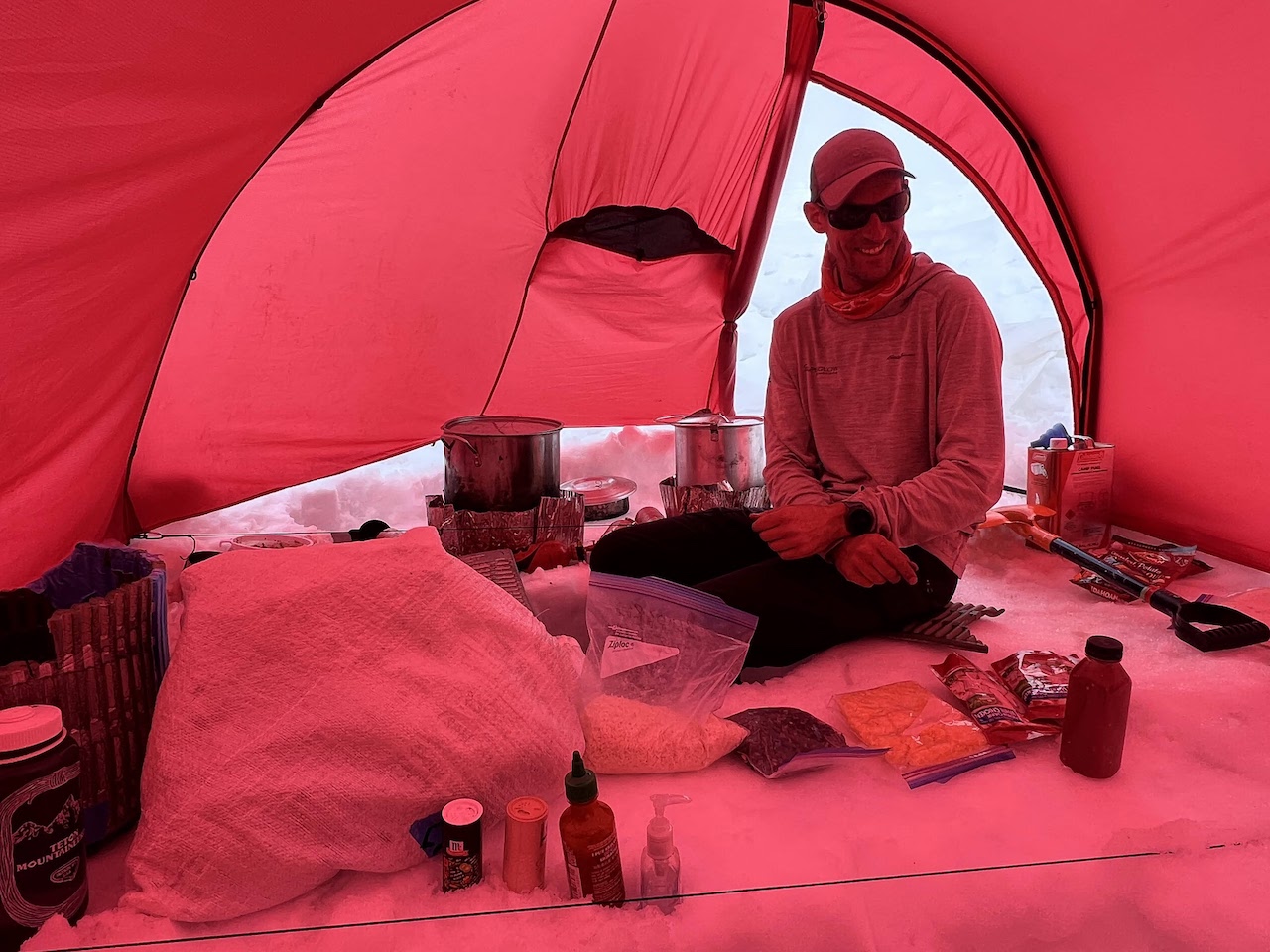
In November 2023, Alpenglow guide Mike Pond returned to Bolivia for the fifth time for a private climbing trip. This off-season expedition was a calculated risk due to the impending rainy season (Bolivia’s climbing season is usually from May-August), and exceptionally dry weather at the trip’s onset rendered the glaciers remarkably dry, creating technical climbing conditions. Nonetheless, our team was psyched to tackle the unique challenges that Bolivian climbing presents, and the trip ultimately proved to be a testament to Pond’s adaptability as a guide and trip leader. Moreover, it reminded us of our responsibility as climbers to listen to the mountains. As much as we may think of ourselves as mountain guides, it is equally as important to remember that the mountains guide us as well.

The first objective was Pequeno Alpamayo (17,618’/5,370m). While usually a snow climb over the glacier, the route was extremely dry and transformed the ascent into a technical ice climb. “From a guiding standpoint, it was both challenging and also really neat,” said Pond. “Instead of moderate snow climbing, we were doing pitches of ice, probably up to AI2/3- (a moderate alpine ice grade).”
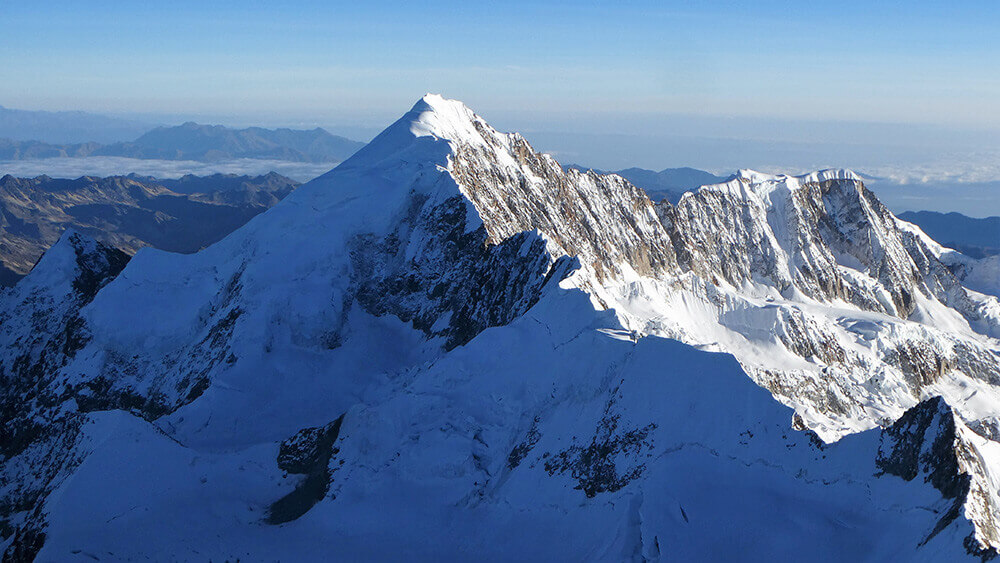
Seeking to explore off-the-beaten-track peaks in the Cordillera Real, Pond and the team then ventured towards Illampu (20,896’/6,368m), but they were ultimately turned back by fierce thunderstorms during their summit bid. Despite the adverse weather, Pond’s encounter with the mountain’s indigenous lore offered a nuanced perspective on success: “Turns out, Illampu is known to the indigenous people as the mountain of lightning. When I told our Bolivian cultural guide about our summit attempt, they said ‘Oh, Illampu blessed you!’. So, I guess there are different ways of looking at success.”
“Of course, right when we came down from Illampu is when the rainy season finally started,” he said. Luckily, the team’s small size made it easy to adapt their plan, and so they headed south from La Paz toward the arid desert and high plains region of Sajama, on the border with Chile. “It felt a lot like being in the American Southwest, with these wide open valleys and desert plains,” Pond remembers. “And our hotel was at 14,000 feet, with all these climbable peaks surrounding us.”
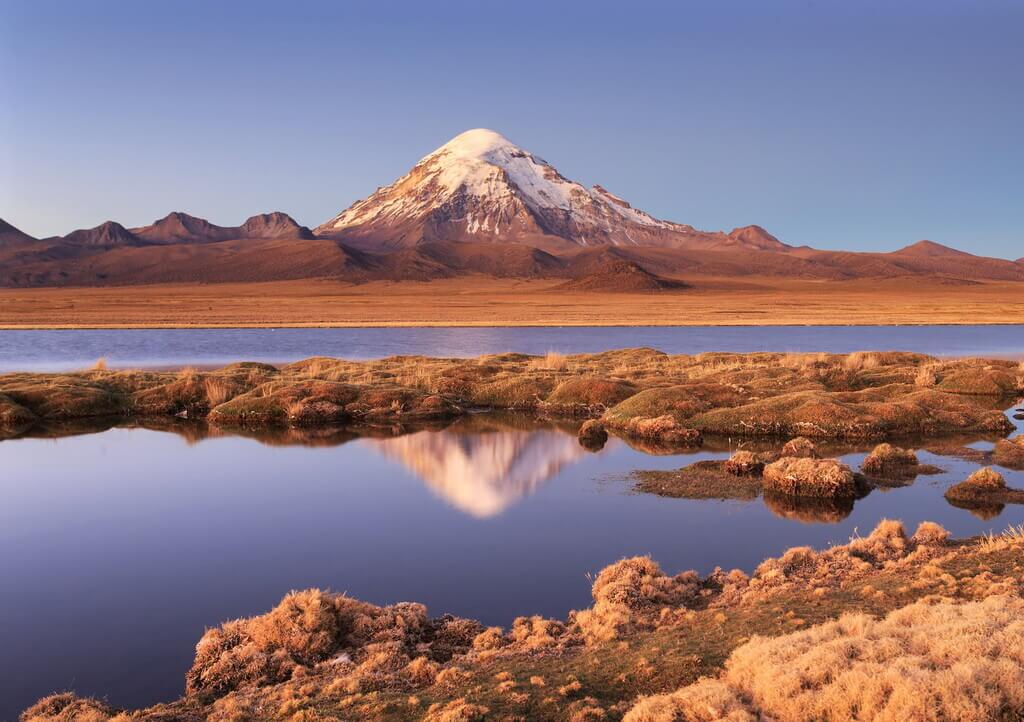
At 21,463’/6,542m, the tallest of these peaks (and tallest in Bolivia) is Nevado Sajama. Characterizing the climb as overall “a little scrappy”, Pond and the team scurried up to high camp around 18,000 feet. After a night there, they climbed another 1000 feet up to the glacier: “The glacier itself is pure penitentes for most of the ascent, and then you top out and you’re at the highest point in Bolivia.”
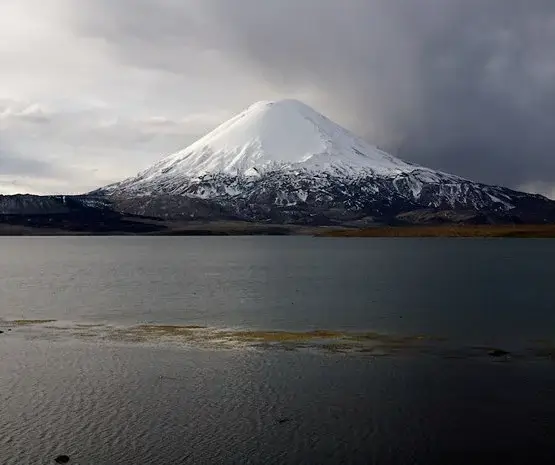
After scaling the country’s tallest peak, the team set their sights on Acotango (19,902/6,070m). Like Nevado Sajama, nearly all of the peaks in this area are unique in their ease of access. Pond recalls a quick bus trip up to almost 16,000’, and then a few hours’ hike had them on the summit. “We’re having lunch next to the caldera, looking out at the other peaks around us and the high plains far beneath. From there, you scree-ski 4,000 feet at full sprint down the mountain. It is by far the best scree-skiing I’ve ever done, and I don’t say that lightly.”
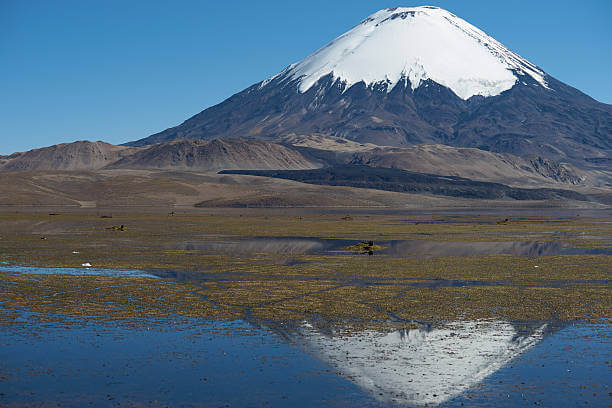
Last, the team headed up Parinacota (20,827’/ 6,348 m): “probably the most easily accessible 20,000 foot peak in the world.” After taking a truck on the mining road up to 17,000 feet, they ascended the relatively mellow traditional route which follows a ridge, before pivoting onto what they jokingly came to refer to as the directissima: “We basically went straight up this 1500 foot face of 40 or 45 degree snow climbing. It was the perfect angle for fun crampon climbing with an ax … There’s a boatload of technical climbing in Bolivia, and I really think we’ll start to see cutting-edge alpine climbing come out of here in the near future.”
In between climbs, the team spent rest days enjoying the local hot springs of Sajama, recently reviewed in The New York Times as among the world’s most stunning hot springs. “It’s like a miniature Yellowstone,” Pond describes. “You’re sitting in these hot springs by yourself with llamas in the foreground and Nevado Sajama looking huge in the background. It’s definitely the prettiest hot spring I’ve ever been to.”
Complementing Bolivia’s natural beauty, of course, are the indigenous peoples that have inhabited these lands for thousands of years. A majority of the country’s population identifies as indigenous (mostly Aymara or Quechua, though there are hundreds of distinct peoples and cultures). Pond reflects fondly on the time spent in transit, admiring the landscapes as well as getting to know the people most closely connected to it. “There is a unique historical element to Bolivia. Lake Titicaca, where our normal itinerary goes, was a pinnacle of ancient civilization here. Getting to see these things and experience these places… it becomes more than just a climbing trip.”
Sound like your kind of adventure? Schedule a call with our team by clicking HERE, or give us a call at 877-873-5375.
